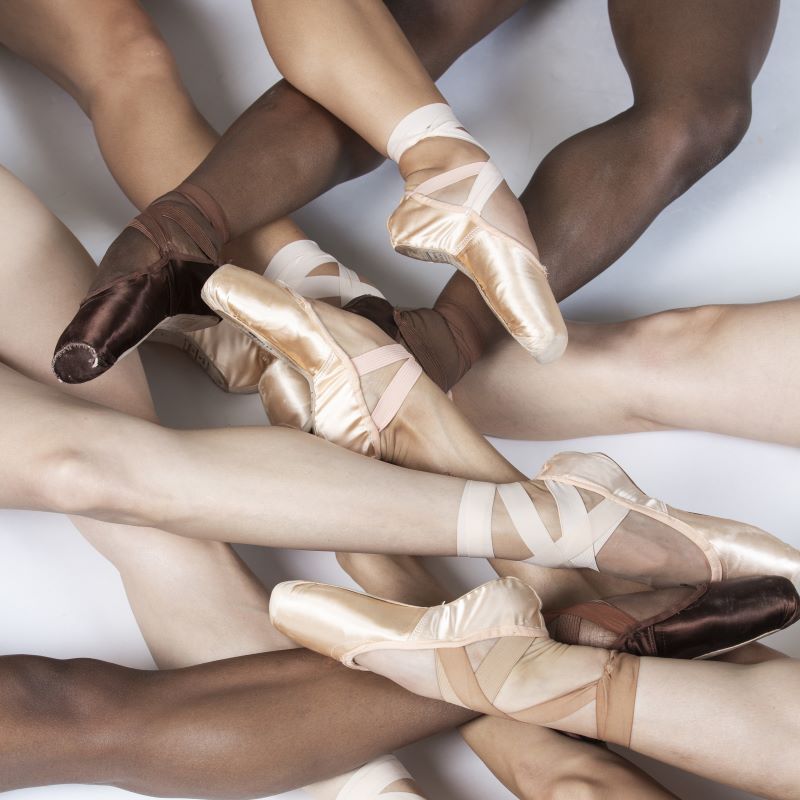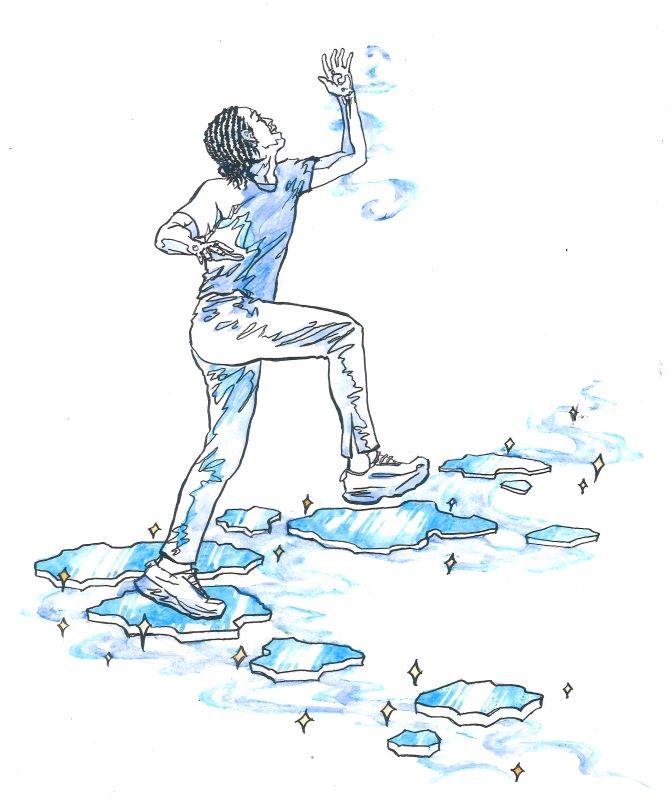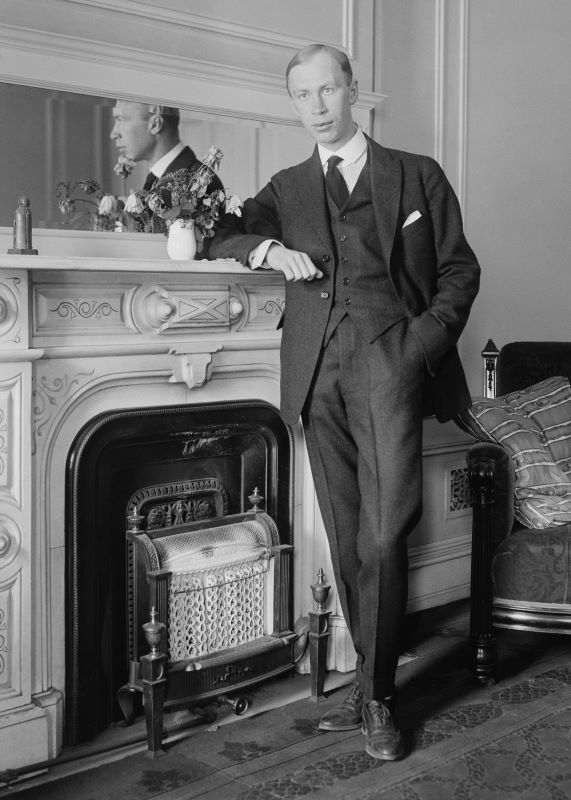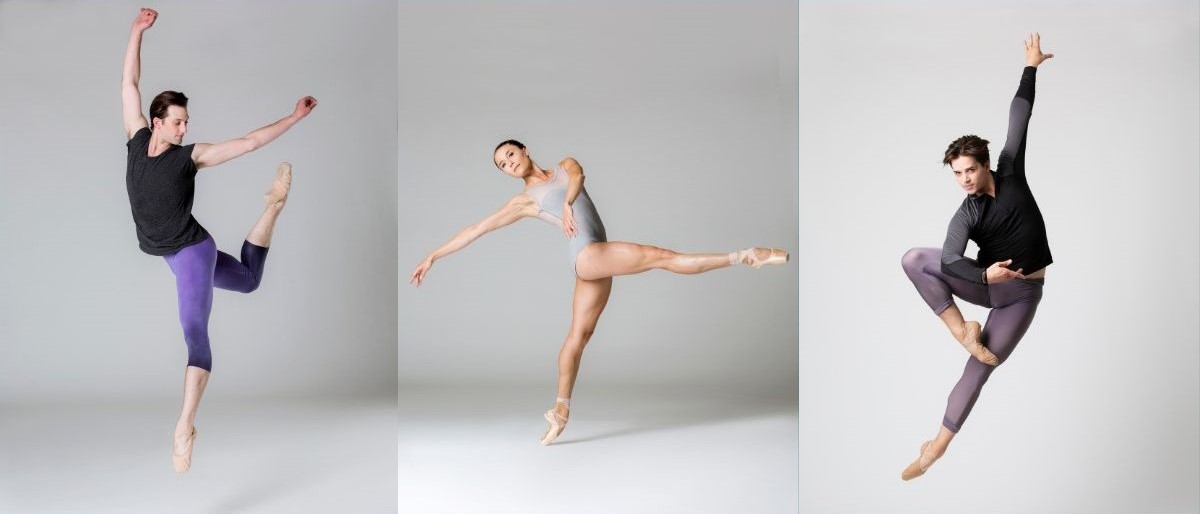
Pointe Shoe: Ballet’s Beloved Illusion
By Emma Love Suddarth
Shimmering. Floating. Even flying. All these words have been used to describe the simplest of motions as a ballerina bourrées supernaturally across the stage, whether as a swan queen, a sleeping princess, an icy ghost, or a sugar plum fairy. How can this unassuming movement of two feet, never leaving the ground for more than a millisecond, be so transcendent? While appearing effortless, it is far from. Ask any pointe dancer—from first-year student to prima ballerina—what the least glamorous part of ballet is and the answer you’ll most likely receive falls to the foot: blisters, corns, toenails, the list is endless. So then why have these overwhelmingly expensive, often painful, satin-coated slippers made themselves indispensable to the ballet language and the ballet dancer? Ashton Edwards sums up how every pointe dancer feels in those moments where these special shoes make magic: “Pointe shoes make mere mortals ethereal beings. Walking becomes levitating.” All of a sudden, we, as dancers, have the opportunity to fly.

Ballet has become synonymous with the pointe shoe—every time a little one dreams of spinning around on a massive stage under glowing lights dressed in a sparkling tutu, the feet are clad in pointe shoes. Or, maybe it’s the deep harsh beat of William Forsythe’s famed In the middle, somewhat elevated, that inspires a 16-year-old to pursue ballet as a career—what are on the ballerina’s feet? The pointe shoe. Choreographers, like dancers, gravitate to them because they make the opportunities for innovation endless: “[Pointe] opens up this whole other realm of possibility when you extend the line that much more,” explains Elizabeth Murphy.


Raising the dancer mere inches can provide the illusion of weightlessness that otherwise only wires could offer. The smooth, satin box can make the dancer sail as if gliding across glass, or spinning, entirely free of friction. Leah Terada describes how “pointe shoes elevate my artistry—they literally elevate me off the ground. It just adds a couple more inches of possibility.” The shoe has become the magician of ballet.
Each shoe is as individual as each dancer, because after all, as Clara Ruf Maldonado explains, “It becomes a part of your foot.” While the audience can clearly recognize it, it appears little more consequential than a fancy sock with ribbons. Nothing could be further from the case. The brands of pointe shoes are numerous—Freed, Bloch, Capezio, Grishko, Gaynor Minden, the list goes on. Then, within each brand the options are extensive, because the slightest variation in the individual foot requires something different of the shoe. Eventually, if a dancer joins a professional company, individual specs become an additional option—cut down on the side here, lengthen the vamp there, more glue to harden the box, etc. Nothing is more specific to a dancer than pointe shoe specs. Some spend their whole career looking for the perfect one, some find it and stick with it for twenty years. Personally, as a dancer with a high arch and “giraffe toes,” my shoe started as the Capezio Elan when I entered PNB as a Professional Division student, and eventually became Emma’s version of the Elan: two slightly different sizes for two different feet, sides cut down, extra length in vamp, extra glue in the lower shank… maybe even more that slipped my mind over 15 years of “tweaking.”
And now, the shoe is as unique as each individual skin tone: “The most magical moment I’ve had in pointe shoes was when they started making pointe shoes in my skin tone,” Destiny Wimpye says. The pointe shoe should almost disappear, into the beautiful individuality of each dancer illuminating the stage. However, everything still rides on it. PNB Artistic Director Peter Boal articulates that “to be honest, I don’t know where PNB would be without the pointe shoe…. [E]verything balances on the pointe shoe.”

Every pointe dancer remembers that first class where our feet slid into pointe shoes. More often than not, it was likely clunky, blistered, and full of hurdles: Edwards admits, “The pointe shoes completely exposed my technique (or lack thereof). Everything that I had known as simple became a new challenge.” In the same breath, every single dancer would use another word to describe it: magical. Yes, it takes years to discover how the pointe shoe can become an inseparable member of the foot, rather than a brick on the end of it. It all starts with that first encounter. It changes our relationship with ballet unexpectedly and completely. To don pointe shoes day after day, spend free moments sewing ribbons on the next pair (ask Juliet Prine for helpful hints—she has it down to 12 minutes!), and literally put blood, sweat, and tears into each pair, requires a love of the art form deeper than any of us imagined when we first started to plié. After all, don’t we all want to fly?


This season, PNB’s dancers will rehearse and perform in over 2,000 pairs of pointe shoes. At $120 a pair, with each dancer averaging 80 pairs per season, our pointe shoe budget adds up! Make a special gift to the Pointe Shoe Fund. Your tax-deductible donation will keep us on our toes and also grant you PNB Membership benefits all season long. Visit PNB.org/PointeShoes to make a gift!
Author: Emma Love Suddarth, Contributing Writer. Emma danced with PNB from 2008-2021. She writes for Pointe and Dance Magazine, as well PNB.
Photo credits: PNB Company Dancers. Destiny Wimpye, Leah Terada, Elizabeth Murphy, Juliet Prine, Ashton Edwards, Clara Ruf Maldonado. Elizabeth Murphy. Leah Terada. Ashton Edwards and Destiny Wimpye. Juliet Prine. Clara Ruf Maldonado. Photos © Angela Sterling.


